
Common HouseMartin St. Paul Island Tour
The Common House Martin (Delichon urbicum), sometimes called the Northern House Martin or, particularly in Europe, just House Martin, is a migratory passerine bird of the swallow family which breeds in Europe, north Africa and temperate Asia; and winters in sub-Saharan Africa and tropical Asia.

Common HouseMartin Plugon
The Community of Madrid (Spanish: Comunidad de Madrid [komuniˈðað ðe maˈðɾið] ⓘ) is one of the seventeen autonomous communities of Spain.It is located in the centre of the Iberian Peninsula, and of the Central Plateau (Meseta Central).Its capital and largest municipality is the City of Madrid, which is also the capital of the country.The Community of Madrid is bounded to the south.
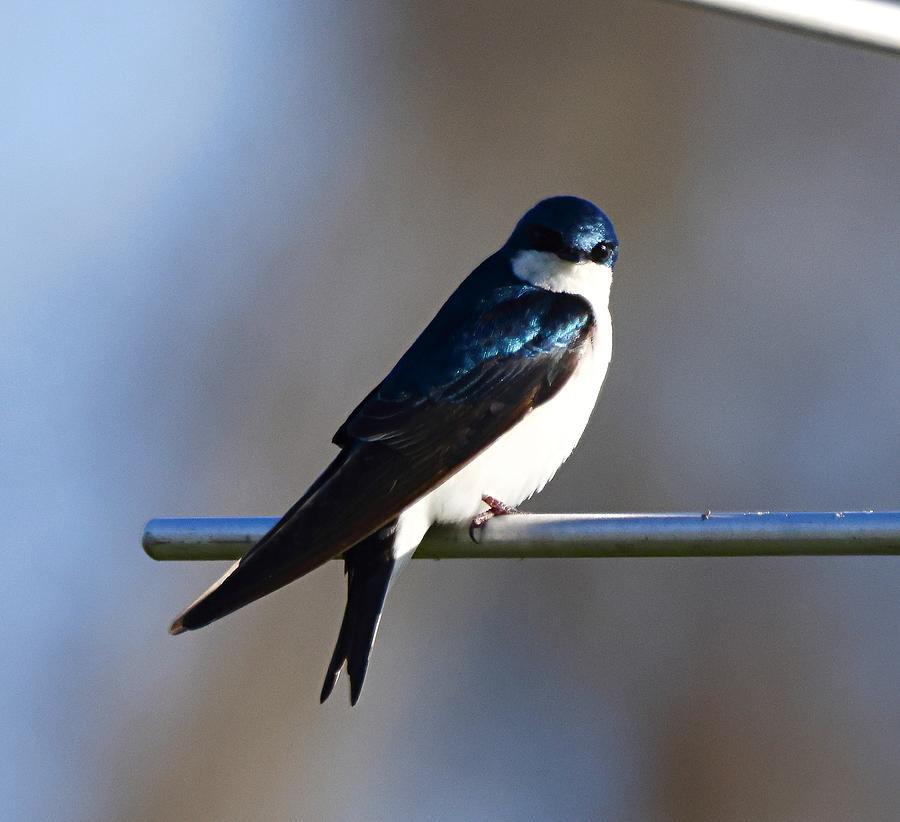
Common House Martin Photograph by Bewokephotography Krob Fine Art America
Biology. Common martins are one of the most common birds found near human habitats. They live on insects, which they catch in flight. They build their hemispherical nests with narrow entrance of mud and plant material, usually on walls of homes or other buildings. In nature, they are found in pastures and meadows, and nest on steep rock faces.

Common House Martin photo Omar Brännström photos at
The common house martin (Delichon urbicum), sometimes called the northern house martin or, particularly in Europe, just house martin, is a migratory passerine bird of the swallow family which breeds in Europe, north Africa and temperate Asia; and winters in sub-Saharan Africa and tropical Asia. It feeds on insects which are caught in flight, and it migrates to climates where flying insects are.

A Common House Martin Introduces Itself Brilliant Creation
Delichon is a small genus of passerine birds that belongs to the swallow family and contains four species called house martins. These are chunky, bull-headed and short-tailed birds, blackish-blue above with a contrasting white rump, and with white or grey underparts. They have feathering on the toes and tarsi that is characteristic of this genus.
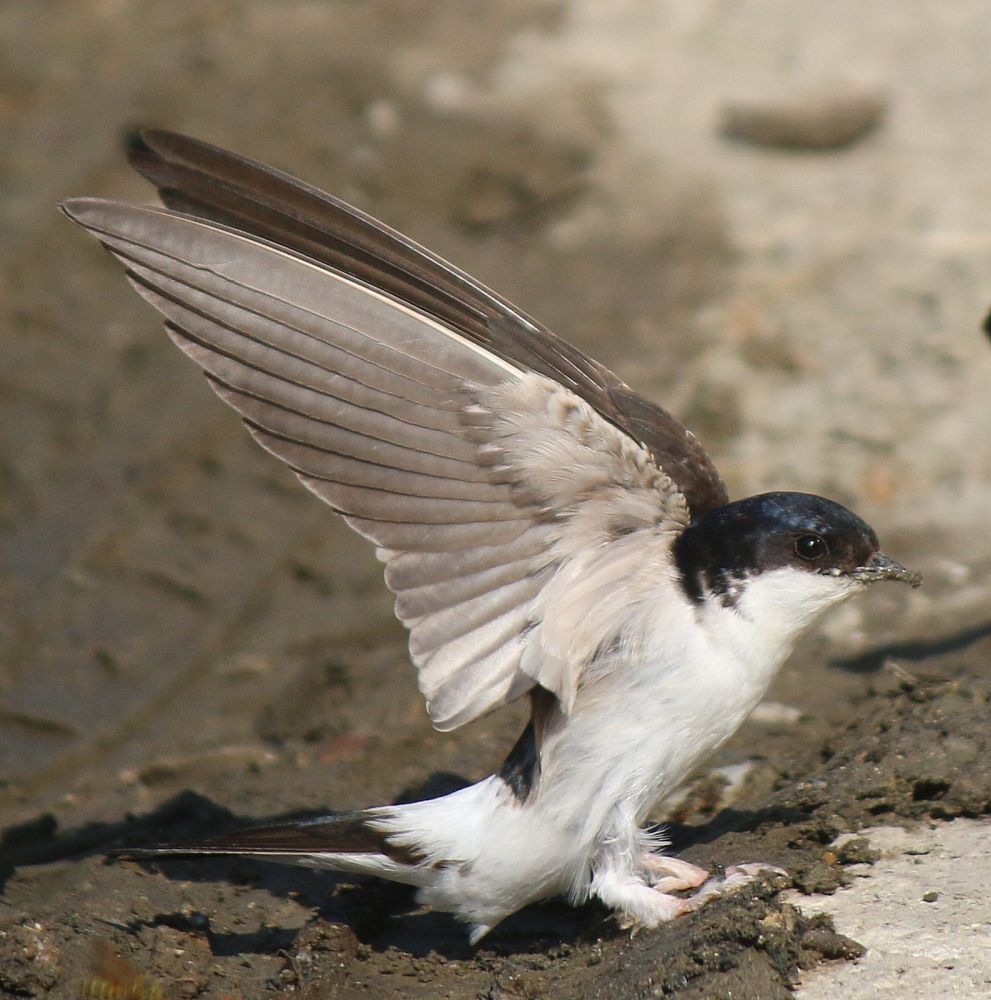
Common House Martin Greek Nature Encyclopedia
House Martin Delichon urbicum (Linnaeus, 1758) HM HOUMA 10010 Family: Passeriformes > Hirundinidae This small hirundine is a familiar bird due to its habit of nesting in small colonies under the eaves of our homes.
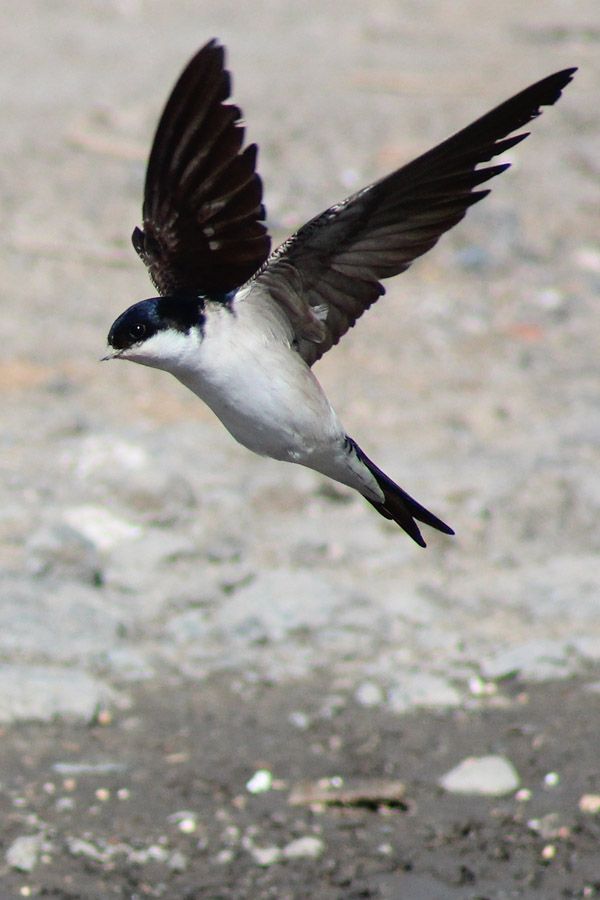
Flying Expertise of a Common House Martin Brilliant Creation
The Common House-Martin is a bird seen throughout all of Europe. It makes use of any building structure to build its nest, usually under the eaves. In the winter months, these martins leave Europe and only a few will remain around the Mediterranean Sea, the rest will migrate into Africa. It has been identified as a vagrant visitor to North America.
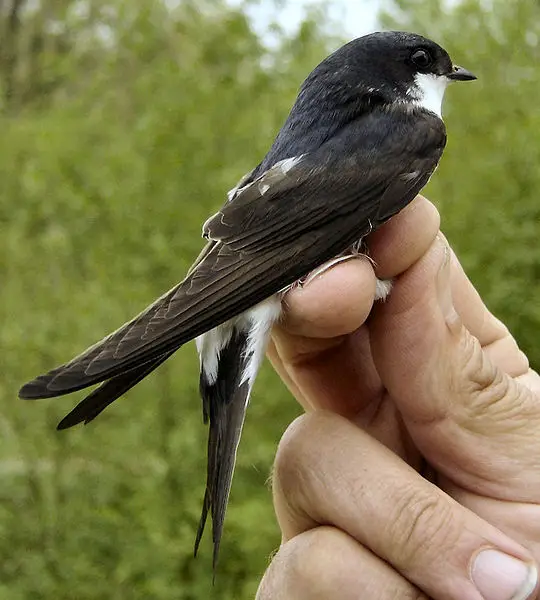
Common House Martin Delichon urbicum Birds
The Common house martin ( Delichon urbicum) is a migratory passerine bird which breeds in Europe, North Africa and across the Palearctic; and winters in sub-Saharan Africa and tropical Asia. It feeds on insects that are caught in flight, and it migrates to climates where flying insects are plentiful.

Common HouseMartin eBird
The common house martin is similar looking to the Asian house martin and the Nepal house martin; the three species make up the Delichon genus. There is an argument on whether to consider D. u. meridionalis a separate subspecies, as some believe that the differences between the nominate and this subspecies are because of their geographic.

Common House Martin, Delichon urbicum. Common House Martin… Flickr
The western house martin ( Delichon urbicum ), sometimes called the common house martin, northern house martin or, particularly in Europe, just house martin, is a migratory passerine bird of the swallow family which breeds in Europe, north Africa and across the Palearctic; and winters in sub-Saharan Africa and tropical Asia.
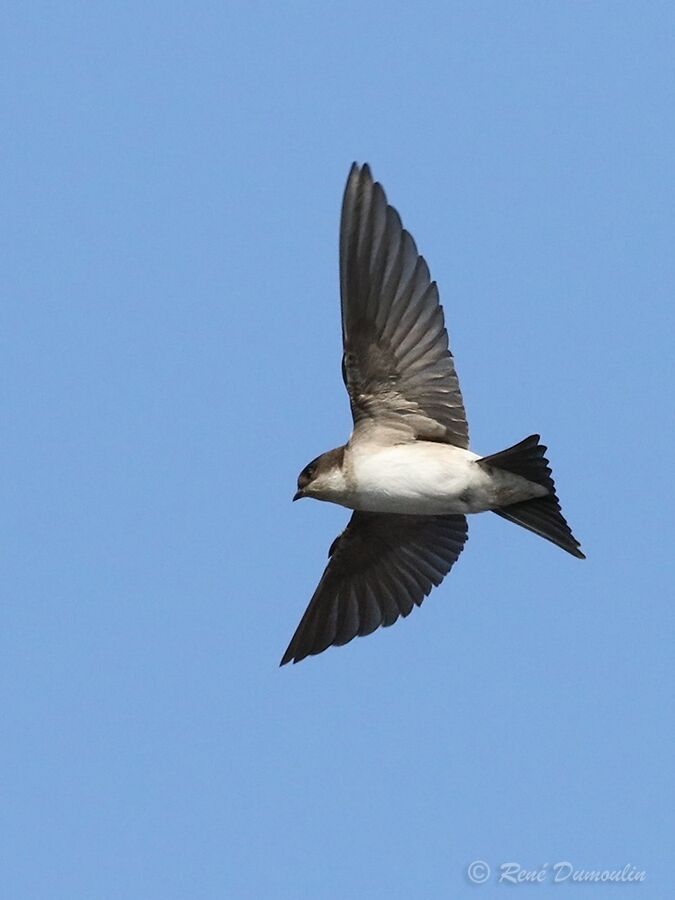
Common House Martin Delichon urbicum First year redu286489
Culinary Spain Tours S.L. Licence nº CICMA 1795 Bravo Murillo 53, puerta D. 28003 Madrid España [email protected] Phone: + 34 915 342 294 Fax: + 34 915 346 806

Common House Martin, Delichon urbicum. Common House Martin… Flickr
1 / 3 How to identify The House Martin is a small bird with glossy blue-black upper parts and pure white under parts. It has a distinctive white rump with a forked tail and, on close inspection, white feathers covering its legs and toes. It spends much of its time in flight, collecting insect prey.
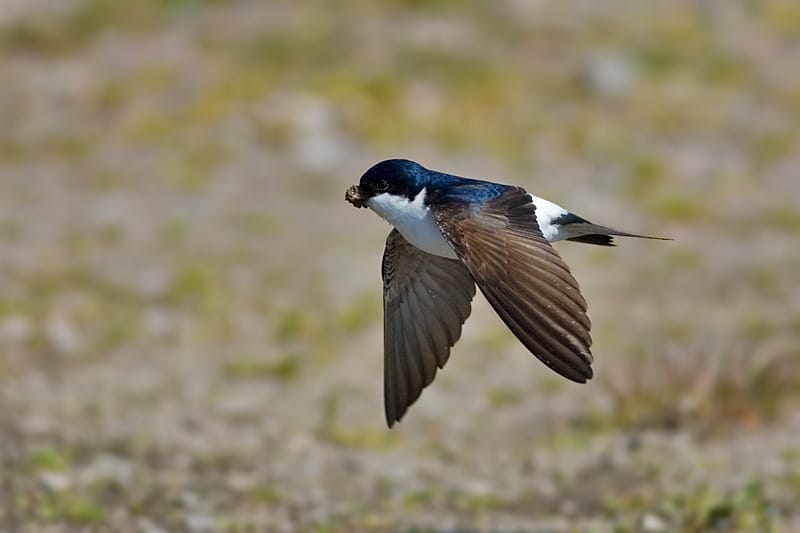
Common House Martin Facts, Habitat, Diet, Predators, Pictures
Common House-martin Passerine Bird - Delichon urbicum, commonly known as the Common House-martin, is a species of swallow characterized by its distinctive white underparts and steel-blue upperparts. This aerial insectivore is known for its remarkable nest-building abilities, constructing intricate cup-shaped nests made of mud and grass, typically found attached to the exterior walls of buildings.
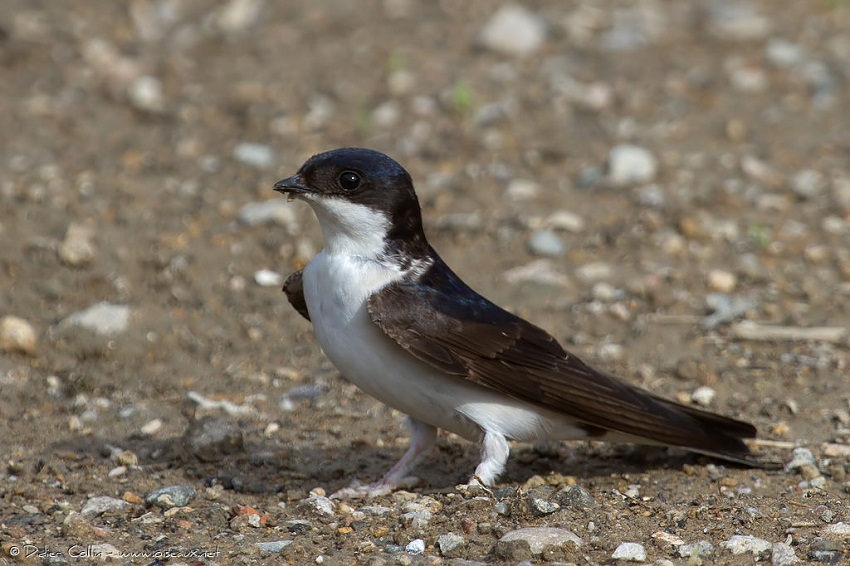
Common House Martin Facts, Habitat, Diet, Predators, Pictures
Common House Martin Delichon urbicum Passeriforme Order - Hirundinidae Family BIOMETRICS: Length: 13-14 cm Wingspan: 26-29 cm Weight: 16-23 g DESCRIPTION: The Common House Martin is a pretty swallow often living close to humans. Numerous buildings shelter the nests of this migratory species.

Common house martin Stock Image C008/4887 Science Photo Library
The common house martin (Delichon urbicum), sometimes called the northern house martin or, particularly in Europe, just house martin, is a migratory passerine bird of the swallow family which breeds in Europe, north Africa and across the Palearctic; and winters in sub-Saharan Africa and tropical Asia.

Bird Pictures House Martin, Common House Martin (Delichon urbicum) by
Distinctive small swallow with blue-black upperparts, a big white rump patch, and snow-white underparts. Juvenile in late summer and autumn is duller above and dingier below than adult. Compare with other swallows; note the relatively shallowly forked and streamerless tail, as well as jerky and fluttery flight. In east of range, overlaps with very similar Siberian House-Martin (formerly.